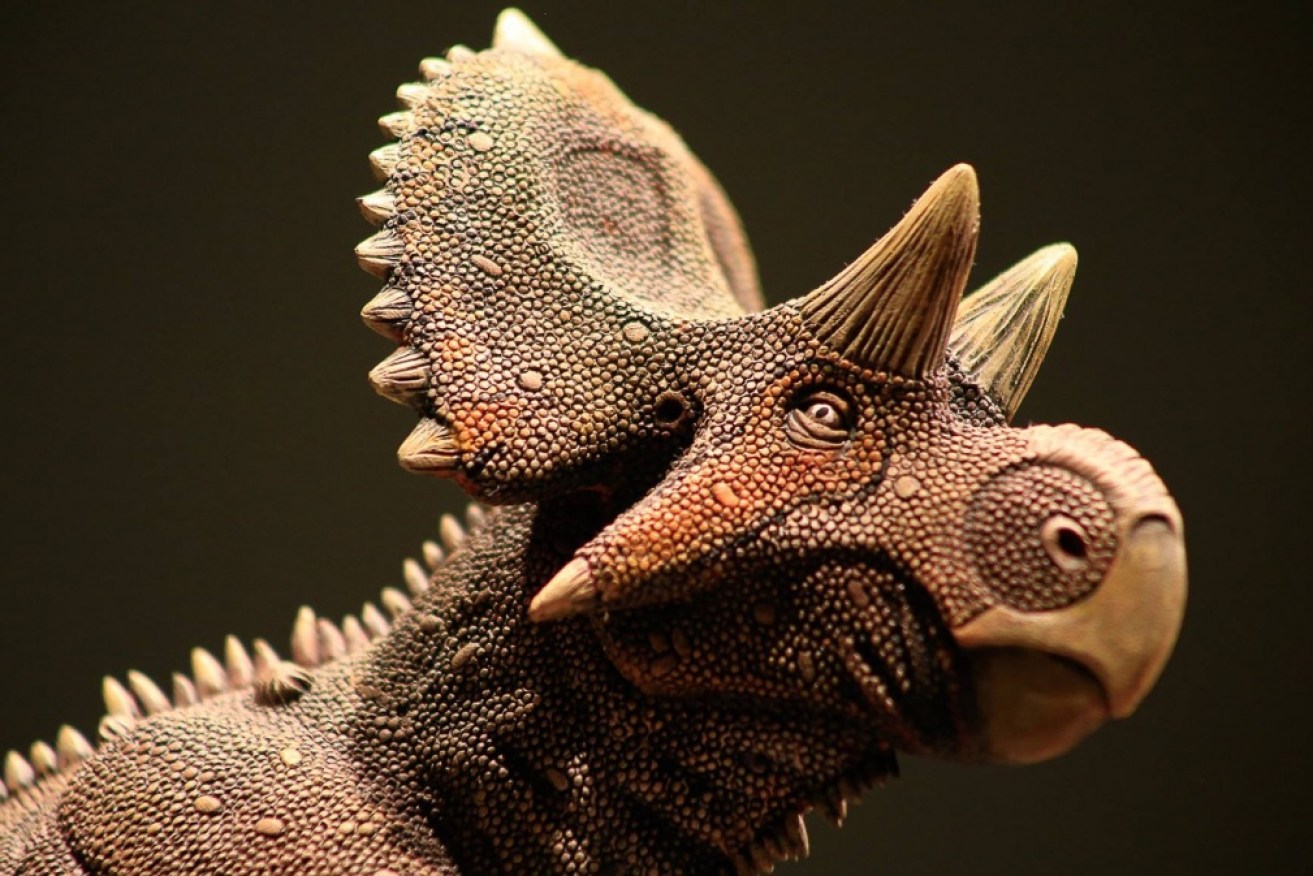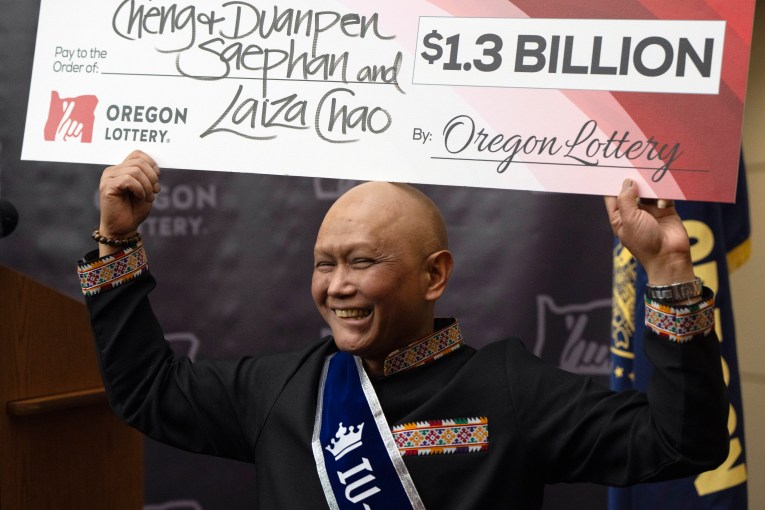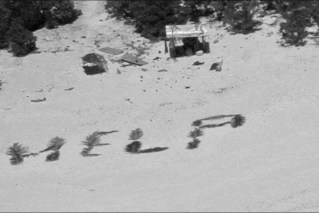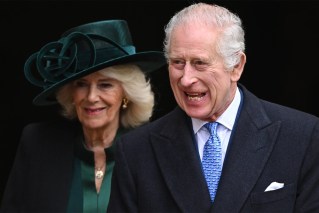The National Science and Technology Council said the discovery of the new species was led by paleontologist Hector Rivera Sylva and biologist Jose Ruben Guzman Gutierrez, both scientists of the Coahuila Desert Museum (MUDE).
The new dinosaur has been christened Yehuecauhceratops mudei, a name that comes from the Aztec or Nahuatl word “yehuecauh” (ancient), the Greek “ceratops” (face with horns), and “mudei” in honour of the museum.
Mr Guzman said that when he and his colleagues were cleaning off a part of the skull, they noticed a protuberance that made it different.
He said no other ceratopsid dinosaur species discovered in North America “had that characteristic”.
The scaly bone had a “protuberance or ‘beak’ that showed that this was something new,” Rivera said.
The paleontologist said another aspect worth noting was the size of the new species, three or four metres long, compared with the nine metres of a Triceratops, the best-known representative of the ceratopsids.
The area of Coahuila where the fossil was found was once a refuge for different species of dinosaurs, which developed differently from those living in what is today the US and Canada, the paleontologists said.









